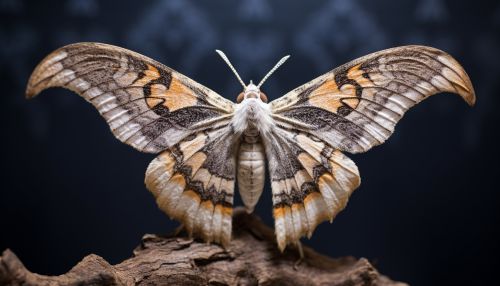Lepidoptera
Classification and Diversity
Lepidoptera, a large order within the Insect class, is one of the most diverse groups in the animal kingdom. The order comprises more than 180,000 described species, divided into dozens of families and thousands of genera. The name "Lepidoptera" comes from the Greek words "lepis", meaning scale, and "pteron", meaning wing, referring to the unique structure of the wings in these insects, which are covered in minute scales.


Morphology and Anatomy
The Lepidoptera exhibit a range of morphological diversity, but all share certain fundamental characteristics. They possess a head, thorax, and abdomen, with two pairs of wings and three pairs of legs. The head houses the compound eyes, antennae, and mouthparts. The antennae, which vary greatly in form, are primarily sensory organs, while the mouthparts are adapted for sucking nectar in the form of a proboscis.
Life Cycle and Metamorphosis
Lepidoptera undergo complete metamorphosis, a process that includes four distinct stages: egg, larva (caterpillar), pupa (chrysalis), and adult. The caterpillar, which hatches from the egg, is a voracious eater, consuming plant material to fuel its rapid growth. After reaching a certain size, the caterpillar forms a chrysalis and undergoes metamorphosis, emerging as an adult butterfly or moth.
Ecology and Behavior
Lepidoptera play crucial roles in ecosystems as pollinators and as a food source for other animals. Their behavior and life cycles are often closely tied to their host plants. Many species are also known for their remarkable migratory behavior, such as the Monarch butterflies that travel thousands of kilometers each year.
Evolution and Phylogeny
The Lepidoptera are believed to have originated in the late Carboniferous or early Permian period, with the earliest known fossils dating back to the Jurassic period. The group has undergone significant evolutionary radiation, leading to the vast diversity of species seen today. The exact phylogenetic relationships among the various families and suborders remain a topic of ongoing research.
Conservation and Threats
Many species of Lepidoptera are under threat due to habitat loss, climate change, and other human-induced factors. Conservation efforts are underway to protect these species and their habitats, but challenges remain due to the large number of species and the complexity of their life cycles and ecological interactions.
